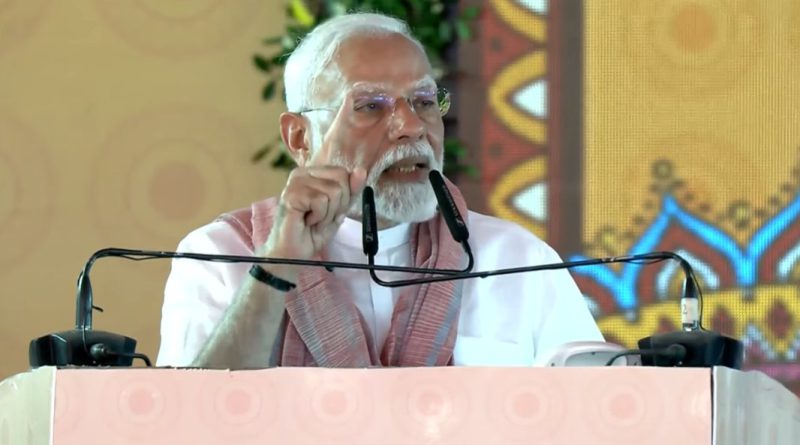World Bank Data On India And Pakistan Shows Massive Contrast Over Poverty
New Delhi:
Latest data released by the World Bank shows the tale of two countries – India and Pakistan – and their journey to battle poverty – a colonial inheritance. The comparison, especially over the last 15 years, shows a stark difference in priorities between the two south Asian neighbours.
While the data for India, released on Saturday, gives a comparative analysis of poverty between 2011-12 and 2022-23, for Pakistan, it highlights the same between 2017-18 and 2020-21. This also comes at a time when India’s economy has been in the news last week for surpassing that of Japan’s to become the fourth-largest in the world, and Pakistan’s was in the news last month for yet another bailout package from the IMF as it struggles to stay afloat.
While India’s growth story has been a result of its governance model – of development and poverty alleviation, Pakistan’s plight has been a result of its misappropriation of funds and its policy on terror.
WHAT THE DATA REVEALS
Keeping inflation as one of its primary indicators, the World Bank has revised its global income threshold from $2.15 per person, per day to $3 per person, per day to ascertain what percentage of the population lives above the ‘extreme poverty’ line.
According to World Bank’s Poverty and Shared Prosperity report, despite the upward revision of per-person income, between 2012 and 2022, extreme poverty in India declined from 27.1 per cent to 5.3 per cent of the total population.
The report states that in India, 75.24 million people were living in extreme poverty in India during 2022-23, a massive drop from 344.47 million in 2011-12. This means 269 million individuals – more than the entire population of Pakistan – were lifted out of extreme poverty in India in just 11 years.
Sadly, for Pakistan the story is quite the opposite. Extreme poverty figures have risen from 4.9 per cent to 16.5 per cent in less than 5 years between 2017 and 2021. Analysts suggest that the situation could be far worse because of Pakistan’s outdated Household Income and Expenditure Survey. To add to this, the overall poverty headcount in Pakistan – at $4.2 per person, per day – has risen from 39.8 per cent of the total population in 2017 to more than 44.7 per cent in 2021.
Meanwhile, Pakistan’s economy has been completely dependent on loans from global institutions and friendly countries. It has taken 25 bailout packages from the IMF with a cumulative amount of $44.57 billion, and another $38.8 billion in loans from the World Bank, Asian Development Bank, Islamic Development Bank. Besides this, loans from China stand at more than $25 billion and $7.8 billion from lenders like Eurobonds and Sukuks. Saudi Arabia, UAE, and the Paris Club have also extended several billion in loans to cash-strapped Islamabad.

